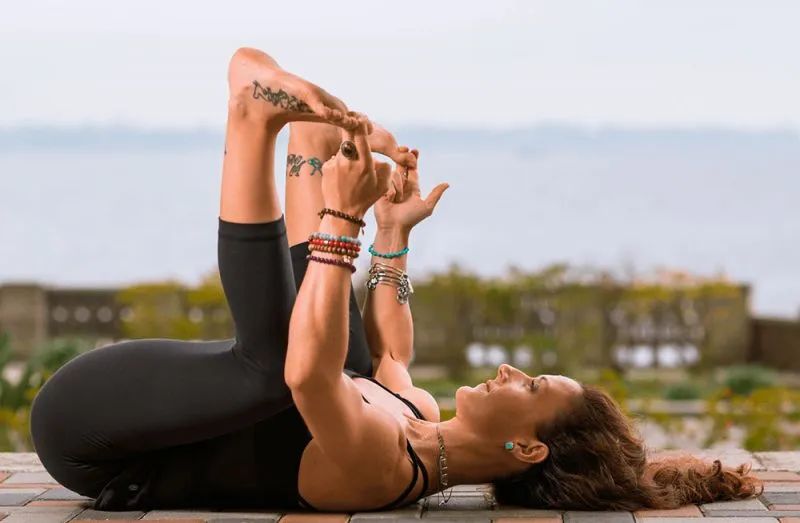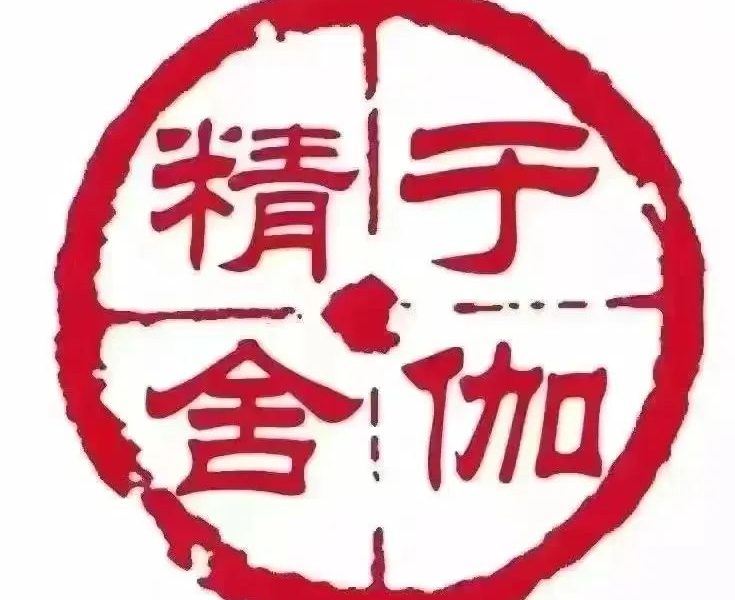Happy baby, Sanskrit Ananda Balasana, Ananda for “happiness” or “happiness”, BAL for “child”, and Asana for posture.

When practicing happy baby pose, we lie on our backs like babies, carefree.

Posture benefits physically, this posture helps to increase the flexibility of the hips and release the tension of the back.

It also helps strengthen the arms, lengthen the spine and improve balance.

Happy baby helps open and activate the chakras in the lower part of the body, especially the root chakra and reproductive chakra.

The root chakra is the energy center of the human body and is responsible for safety and support.

The reproductive wheel is the center of our creativity.

When they maintain balance, they help to bring vitality to us.

Happy baby pose is a gentle open hip pose.

As we all know, hips store the pressure and emotions we are unconsciously subjected to, so this posture helps to release them naturally.

In this way, it can soothe the mind and help relieve stress.

Lie on your back and make sure your spine is straight and neutral.
Relax your back muscles.
Pull your knees toward your chest while keeping your hips and tailbone on the ground.
Bend your feet so that the soles of your feet are facing the ceiling.
Grab your big toe with your index and middle fingers.
Gently pull it towards you with your knees close to your body.
If uncomfortable, grab the outside of your foot.
You can rest your head on the cushion and keep your neck in the middle.
Keep breathing evenly and feel the stretch of your hamstrings.
Keep your back relaxed for 30 to 60 seconds.
In order to make this posture more comfortable, you can make some modifications.
If you have any discomfort or excessive pressure on your hips or other joints, use a yoga belt to assist in practice.
To reduce the pressure on your hips and the back of your spine, place a blanket under your lower back to provide additional support.
This will help to improve balance and stability.
Use pillow pads under the head to relieve neck discomfort.
When holding this position, there should be no pressure on the neck.
After pulling the knee into the chest, you can grasp the tibia or ankle with your hand instead of your toes.
With practice, stretching will deepen to help increase flexibility.
When practicing this posture, be sure to pay attention to: back alignment: the back and neck should be straight to help promote balance and prevent strain.
Pelvic alignment: the pelvis should remain on the floor.
If the hips are raised, push the tailbone back towards the mat.
If necessary, release your feet and grasp your ankles or lower legs.
Position of head and shoulders: do not lift your head or chest.
If necessary, support the neck and adjust the position of the hands to prevent unnecessary tension.
Contraindications: neck injury, high blood pressure, pregnancy and knee injury are not suitable for practicing this pose.
When starting any new exercise, consult your doctor to make sure there are no contraindications that may affect you.
Focus on breathing as you maintain your posture.
Take breathing as the goal, expand naturally in the abdomen during each inhalation, and soften the chest and abdomen during each exhalation.
Each time you breathe, fully engage yourself.
When we immerse ourselves in posture, you will find that even for a moment, we can achieve a child’s worry free state.
The past is gone, and all worries about the future are gone.
When we breathe, we immerse ourselves in the present, that is, the direct sensory experience.
By practicing happy baby pose, we can learn to let go; We can learn to release our pressure, even if only for a moment…


